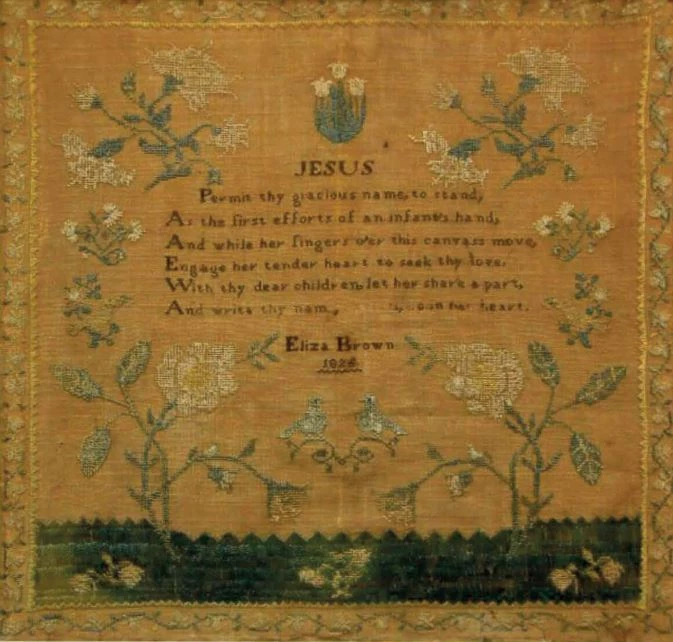Search
Looking for something in particular? Search for it here.
Looking for something in particular? Search for it here.
Some came west with no particular destination in mind. Many learned new skills and sought new opportunities as they traveled.
With plans to settle somewhere in Illinois or Iowa, in 1828 Jesse Fell left Pennsylvania headed on foot to the western frontier. He took with him a little money and a satchel full of books.
Jesse reached Bloomington four years later. Liking what he saw, and having earned a degree while on his journey, he set up Bloomington’s first law practice.
But Jesse soon found greater rewards in buying and selling land. In 1835 he sold his law practice to his friend, an up-and-coming lawyer named David Davis.
Hester came west with her parents and 11 siblings in 1828. She was nine years old at the time. They settled on a farm along the Mackinaw River north of Delevan, Illinois.
The Fells and Browns had been friends and neighbors back in Pennsylvania. Both were Quakers and abolitionists. When Jesse first traveled through Illinois in 1832, he spent the first winter at the Brown home teaching their children and the children of two other families.
Sampler, circa 1825

Jesse was engaged to Hester’s older sister Eliza Brown around 1834, but Eliza died before they were married. Eliza embroidered this sampler in 1825 and brought it with her when she came to Illinois. When she died at the age of 19, it became a cherished family heirloom.
Donated by: Timothy Ives
96.102.090

They set up house in a modest farmhouse on 190 acres of land less than a mile east of the Bloomington courthouse. At this location Jesse and Hester started their family.

The Fells faced difficulties early on. In 1842 they had to sell their home to repay debts. Fell sold the property to his good friend David Davis. You can just see a bit of the original house on the back. Davis, a successful attorney with his own growing family, named the farm Clover Lawn and added the large front addition and porch. Later he tore it down to build a grand mansion.
Clover Lawn, circa 1875.
When the economy took a downturn, Fell was forced to sell his house and land.
Jesse and Hester moved their growing family to a “spot in the wilderness” several miles north of Bloomington where they built a log cabin, which they named “Fort Jesse.”
“Nightly there burned in their window the candle which pioneer custom prescribed... and nightly there howled around it the prairie wolves.”
— Hester Fell, Recounting Their Wilderness Home.
In 1845 the Fell family moved again. This time they landed in Payson, Illinois (near Quincy) where Jesse tried nursery work.
Jesse and Hester lost two children, William and Flora, when they were young. They were extremely generous with their surviving children; Henry, Eliza, Alice, Rachel, Fannie, and Clara, as well as an adopted daughter, Ellen.
As a family they especially enjoyed hosting “lively dance parties” for friends.
Can you imagine the young women of the household preparing for one of these festive gatherings?
In 1851, with the McLean County economy back in full swing, the Fells returned, and Jesse again took up real estate.
Jesse began to develop a community north of Bloomington that would later become Normal, Illinois.
Jesse’s new town also became the home of Illinois State Normal University, which he helped establish.
Like anywhere else they lived, Hester ran the house while Jesse kept busy with business.
In 1857, after 19 years of marriage, Jesse purchased a large plot of land north of Bloomington and named it Greenwood Park. Here he built a permanent home for Hester and their children.
Hester brought many innovations into this home, including the community’s first furnace, a piano, window screens, an indoor bathroom, and an ice cream freezer. Here she also raised seven children; Henry, Eliza, Alice, Rachel, Fannie, and Clara, as well as an adopted daughter, Ellen. Two of Jesse and Hester’s children, William and Flora, died when they were young.
Jesse would have hired men to take up the carpet. Hester would have made ice cream. And, the girls would have taken turns playing the popular dance music of the day on their piano.